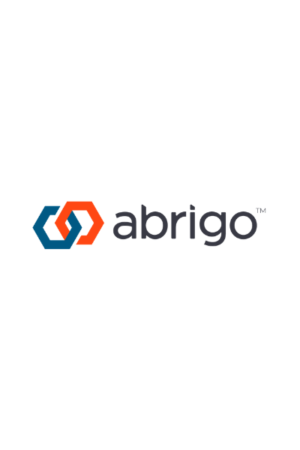1. Risk Rating
One method for pricing a loan is to assign a risk rating to quantify risk of default. If the prospective loan is booked, this same methodology can be used throughout the life of the loan to accurately and concisely describe the risk of the loan. This is often a favorable method of pricing credit risk because each institution establishes a risk rating system that is reflective of the level of complexity of their borrowers and loan types. For example, banks and credit unions who are lending to borrowers with complex relationships will need a risk rating system that incorporates multiple factors such as guarantors, real estate, percent ownership, etc. Institutions should ensure risk ratings are dynamic and timely, have an adequate number of factors and that the criteria for each risk rating are well defined. Basing a loan pricing model on a robust and customized risk rating system will lead to more accurate and profitable lending at an institution.
2. Risk Rating and Quality of Collateral
Collateral provides incentives for the borrower to avoid default and can help reduce the loss to the institution if the borrower defaults on a loan. However, not all collateral is created equally: marketability of the asset, sales costs and access to collateral all affect value. Quality of collateral is normally assessed based on the recovery factor, which is the ratio of the value of the collateral after subtracting liquidation expenses to the current stated value of the collateral. For example, real estate may have a recovery ratio of 60 percent due to high selling expenses while stocks and bonds may have a recovery ratio of 90 percent because they are easily converted to cash.
One way to price that risk into the loan is by using probability of default/loss given default (PD/LGD) metrics to measure both risk rating and collateral. Probability of Default (PD) gives the average percentage of obligors that default in a rating grade in the course of one year. Loss Given Default (LGD) measures the expected loss, net of any recoveries, should a borrower default, and it’s expressed as a percentage of the exposure.
A PD/LGD can be complicated to calculate, but if the analysis is included in the loan pricing model, it will more accurately capture and account for the institution’s exposure.
3. Risk Rating and Loan-to-Value
Accounting for risk rating and loan-to-value (LTV) is another recommended methodology for pricing credit risk. The loan-to-value ratio compares the total loan amount to the value of the property or asset used as underlying collateral. For example, if the requested loan amount is $800,000 and the property appraises for $1,000,000 then the LTV is 80 percent. Since the appraisal has a significant impact on the LTV, financial institutions must ensure they have a strong appraisal process in place. Here are three components of a quality appraisal:
1. The appraisal should have been updated within the last year
2. The appraisal should be performed by a credible and trustworthy source
3. Appropriate discount rates should be applied to the financials
Each financial institution has its own loan-to-value benchmarks, which are driven by both the bank’s goals and current loan portfolio concentrations. As a general rule of thumb: as the LTV increases, the risk profile of the loan increases, which calls for a higher interest rate. LTV can be used in conjunction with risk rating to incorporate other factors such as guarantors, probability of default, or additional collateral, which may increase or decrease the final price of the loan.





